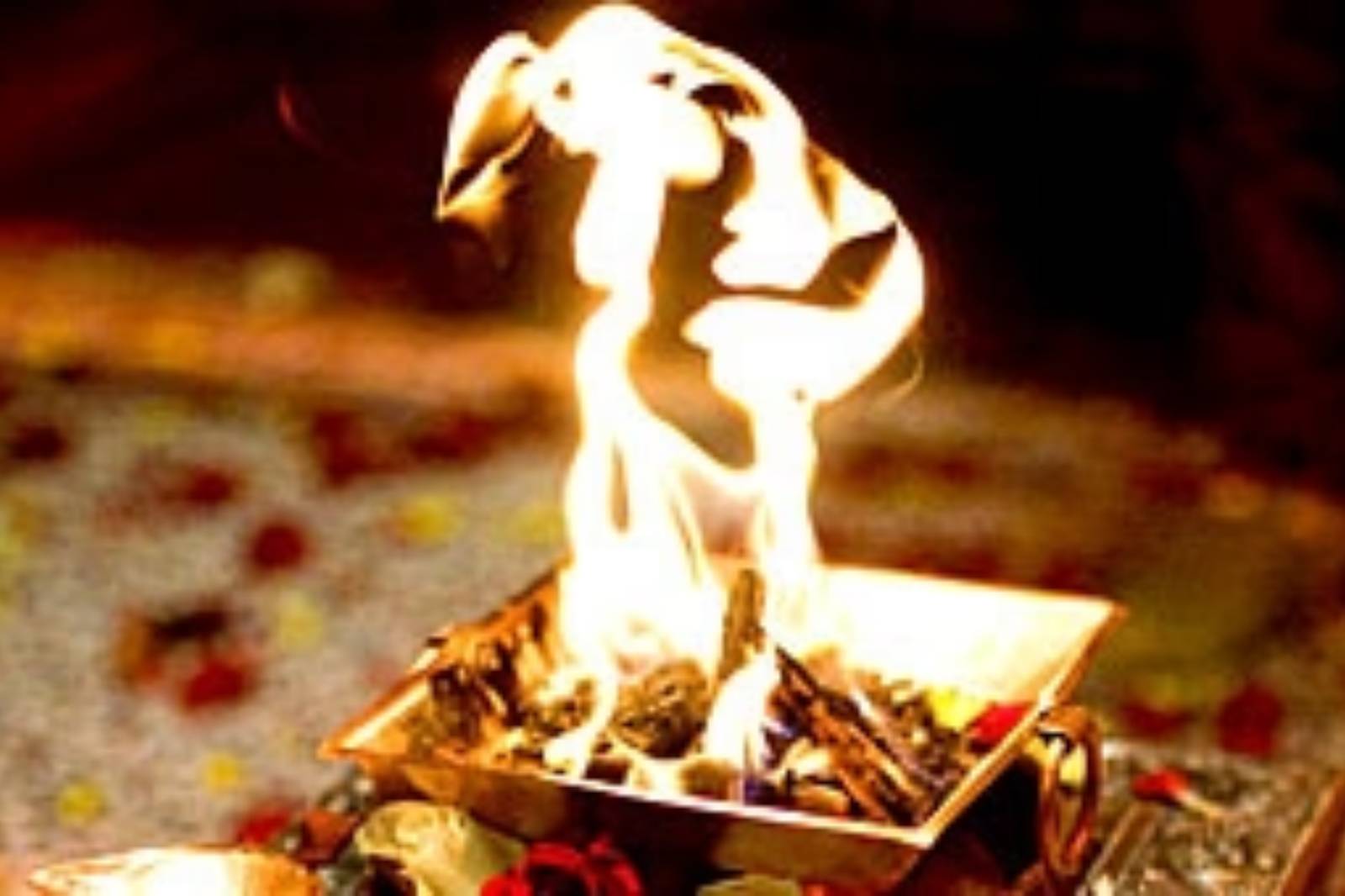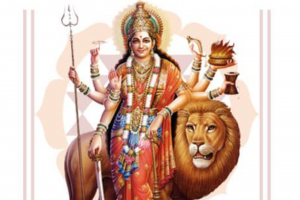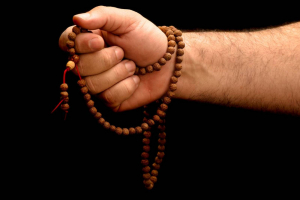The Ancient Art of Homa: Understanding the Sacred Fire Ritual

Introduction:
In the tapestry of ancient Vedic traditions, one practice that illuminates the spiritual journey is the sacred art of Homa. Rooted in millennia-old rituals, Homa involves the intricate dance of fire, offerings, and sacred mantras. In this exploration, we delve into the depths of this ancient art, understanding its historical significance, ritual components, and the profound spiritual tapestry it weaves.
Historical Significance: A Flame Through the Ages
The roots of Homa trace back to the ancient Vedic texts, where fire was revered as a symbol of purity and a conduit to the divine. As civilization evolved, so did the practice of Homa, finding its place in various cultures and religious traditions. The historical significance lies not only in the ritual itself but in its ability to transcend time, connecting generations through the sacred flame.
Ritual Components: Dancing with Fire and Mantras
At the heart of Homa lies the consecrated fire, a symbol of transformation and purification. Surrounding this flame, intricate offerings, or 'ahuti,' are carefully placed, symbolizing the surrender of the material to the divine. The recitation of powerful mantras adds a melodic rhythm to the ritual, invoking spiritual energies and harmonizing the practitioner with the cosmos. Each component plays a crucial role in the symphony of Homa, creating an atmosphere charged with spiritual energy.
Types of Homas: A Ritual for Every Purpose
Homa is not a one-size-fits-all practice; instead, it offers a rich tapestry of rituals catering to various intentions. Whether seeking health, prosperity, or spiritual growth, there exists a specific Homa aligned with your aspirations. From the healing Agni Hotra to the prosperity-centric Lakshmi Homa, the diversity of these rituals reflects the intricate tapestry of human needs and aspirations.
Modern Applications: Bridging Ancient Wisdom and Contemporary Lives
In today's fast-paced world, where time and space often limit our connection to ancient practices, Homa finds a way to bridge the gap. Modern technology allows practitioners to engage in Homa virtually, preserving the sanctity of the ritual while accommodating the demands of contemporary life. This adaptability ensures that the sacred flame continues to flicker in the hearts of those seeking spiritual connection.
Conclusion: A Flame that Transcends Time
In the sacred dance of fire, Homa reveals itself as a timeless practice, connecting the present with the ancient past. Its historical significance, ritual components, and diverse applications showcase the enduring power of this ancient art. As we embrace the transformative flames of Homa, we step into a realm where the sacred and the contemporary coalesce, offering a path to spiritual illumination that transcends time itself. In the dance of fire, we find a bridge to the divine, a connection that echoes through the ages.



